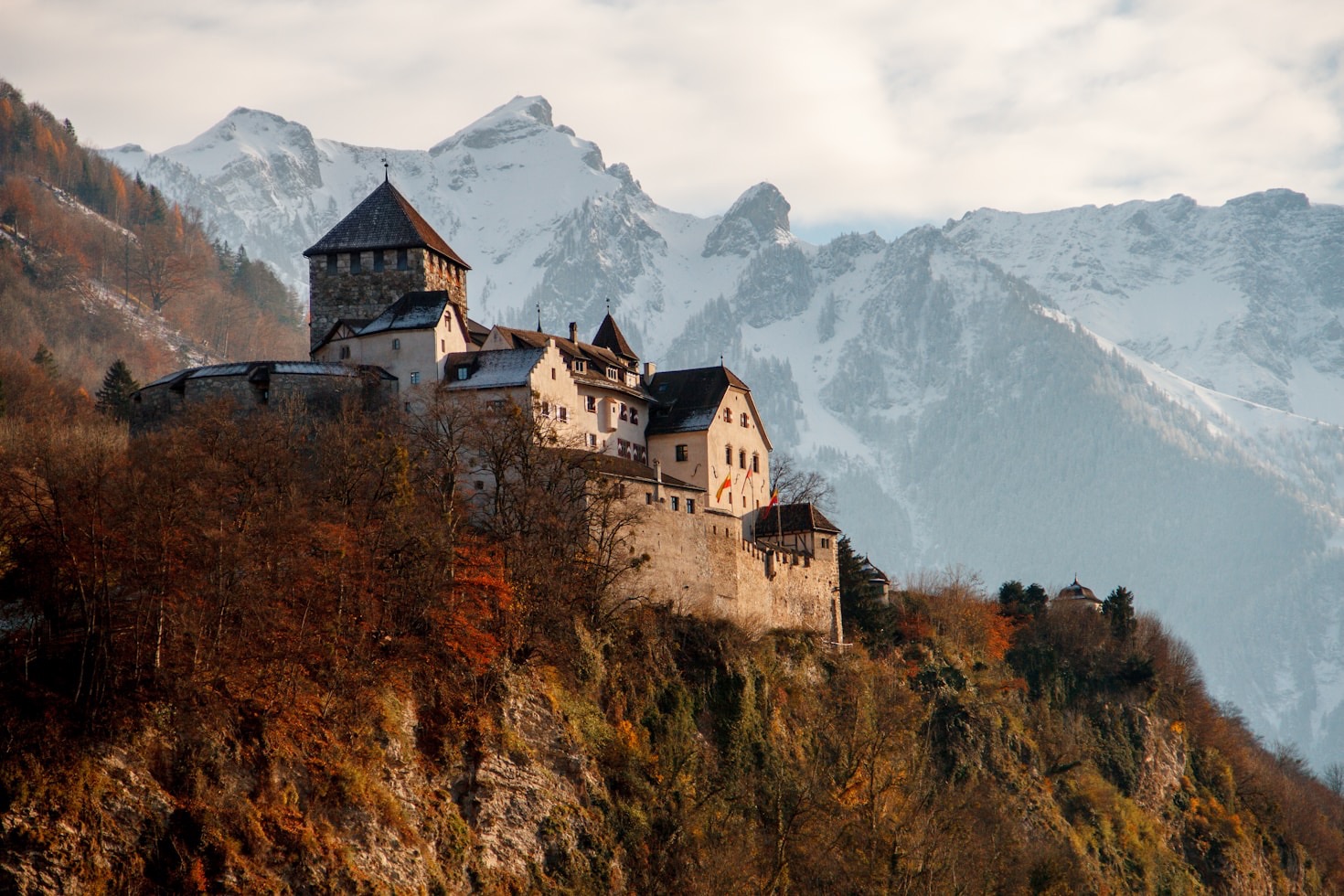Ireland’s architectural wonder lies in the seamless blend of time, culture, and nature that defines its built heritage. From the enigmatic passage tombs of Newgrange to the imposing stone fortresses scattered across the countryside, every structure is a chapter of a larger, richly woven narrative. These architectural treasures not only reflect the ingenuity and resilience of past generations but also serve as a living canvas for modern reinterpretation. The medieval castles, with their weathered stone and storied past, stand shoulder-to-shoulder with elegant Georgian townhouses and contemporary masterpieces that all pay tribute to Ireland’s inherent artistry. Together, they form a mosaic that illustrates how art, history, and innovation can coalesce to create spaces that continue to inspire awe and introspection.
“Nestled among Ireland’s verdant landscapes, ancient castles stand in quiet splendor, each stone echoing a legacy of resilience and artistry. In their timeless embrace, we are reminded that even the simplest moments; a gentle breeze through an archway, the play of light on weathered walls hold the deepest wisdom. Let these enduring marvels inspire you to find clarity and beauty in the passage of time.”
The architectural evolution of castles can be traced through a clear chronological progression, each style reflecting advancements in both military strategy and construction techniques. Early on, the motte-and-bailey design emerged in the 9th and 10th centuries as a swift solution to local conflicts; these fortifications featured an earthen mound (the motte) topped with a simple wooden or stone keep, surrounded by an enclosed courtyard (the bailey) fortified with palisades or moats. As the need for more permanent and durable structures grew in the 11th and 12th centuries, the stone keep castle took hold replacing wood with robust stone construction, these castles featured thick walls and battlements designed to withstand prolonged siege warfare. Building on this foundation, the later medieval period saw the rise of concentric castles in the 12th to 15th centuries; characterized by multiple layers of defensive walls with interior rings of fortification, these designs maximized defensive capability by ensuring that invading forces would have to breach several overlapping barriers before reaching the central stronghold. In regions like Ireland, these overarching styles were blended with local traditions. Norman influences were interwoven with Gaelic sensibilities to create unique adaptations that not only served defensive purposes but later evolved into symbols of regional power and cultural identity.


As we reach the midpoint of our exploration, a fresh perspective emerges one that encourages us to view Ireland’s castle heritage not merely as static relics of the past, but as dynamic symbols of cultural evolution. Earlier, we admired the architectural feats that evolved from humble motte-and-bailey designs to the imposing stone keeps and intricately designed fortresses that narrate the island’s turbulent history. Now, questions arise: How do modern restoration projects and digital preservation techniques balance the delicate act between historical authenticity and contemporary reinterpretation? Some critics worry that new interventions may obscure the raw, unaltered essence of history, while others see them as necessary innovations that allow ancient stories to resonate with today’s audiences. This tension invites us to appreciate the interplay of preservation and reinvention a dialogue that not only enhances our understanding of the past but also informs the future of cultural heritage. As we transition toward our concluding reflections, this midway insight serves as a reminder that every stone and archway embodies a living legacy, continually inviting conversation and new interpretations.
Wrapping Up with Key Insights
In conclusion, Ireland’s castles are far more than ancient fortifications they are living testaments to a nation’s dynamic history and artistic vision. Our journey through humble motte-and-bailey designs, imposing stone keeps, and intricate concentric fortresses reveals a narrative of relentless innovation, cultural fusion, and enduring beauty. Each structure, whether bearing the scars of siege or the grace of modern restoration, invites us to recognize the remarkable blend of function and artistry that has shaped Ireland’s heritage.


Leave a Reply